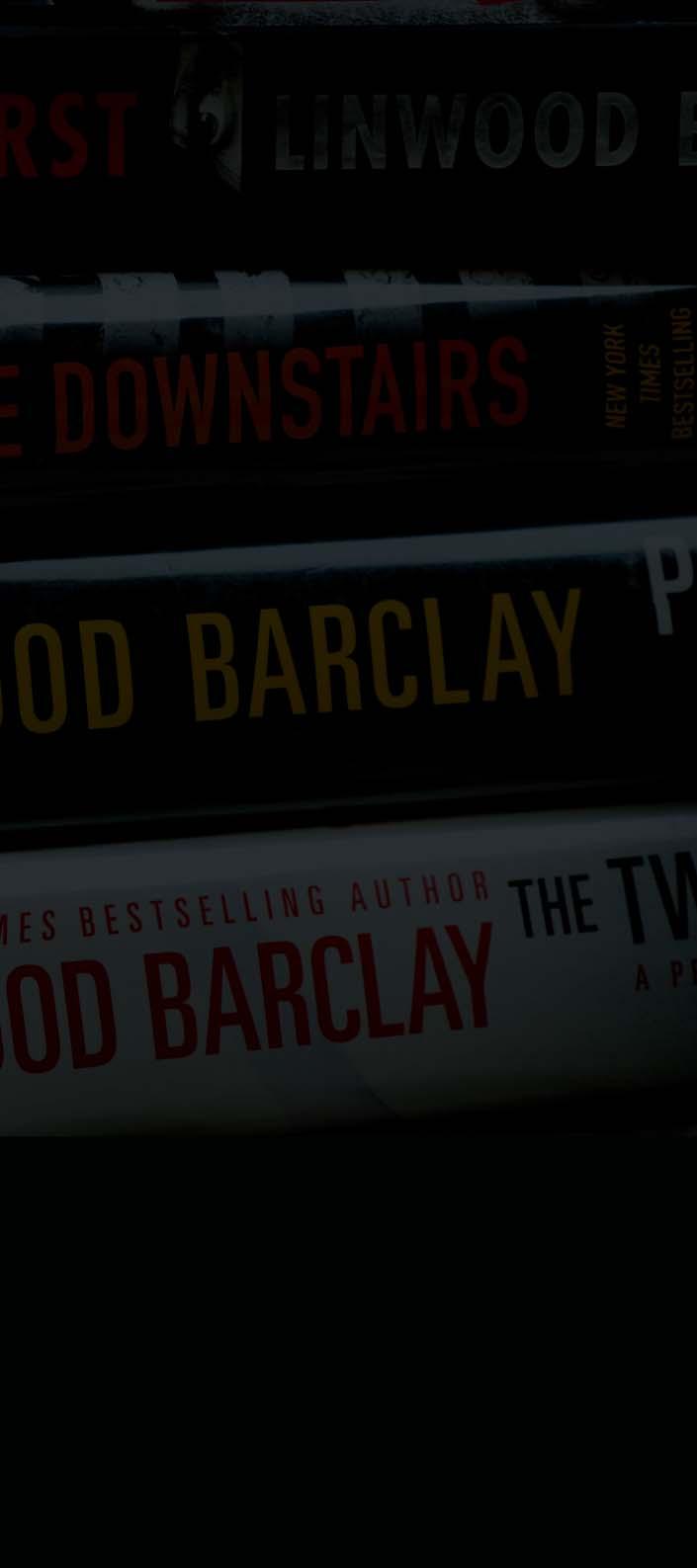
10 minute read
HYDRONICS
Feeling Separated?
Fun fact: My first “aha” moment was learning about the point of no pressure changes (PONPC) by reading and re-reading Dan Holohan’s Pumping Away, which is a must read for all hydronic pros and wannabes. Just as that knowledge changed the way I understood and piped hydronic systems, so did the introduction to separation. I was learning how to properly pipe systems and those systems were working really well. Of course, my customers also reaped the benefits.
Another “aha” hydronic moment occurred when I was introduced to hydraulic separators. Note that low loss header is another term used to describe a separator device. Knowledge of hydraulic separators majorly changed the trajectory of my approach to hydronics. Actually, the mechanics of hydraulic separation were wrapped up in the concept of primary secondary (P/S) piping. Credit is given to the Bell and Gossett folks for introducing P/S piping to the industry. It was conceived as a good work around for converted gravity piping systems in larger commercial jobs. As I recall, P/S piping and closely-spaced tees in residential applications came into play in the 1990s. As low temperature radiant systems became popular, P/S piping was one method to keep a high temperature boiler separated from the low temperature radiant temperatures. When properly designed and piped, the boiler could run without low return temperatures while supplying low temperatures to radiant slabs, for example. The key to that working properly lies in the closely-spaced tees in the circuit. It is the space between the tees that is critical to the workings of P/S piping. This space provides the hydraulic separation between the various piping circuits. If it is properly sized, installed and controlled, P/S piping remains an excellent piping option. It once again provides value with flow restrictive mod con boilers. That P/S disconnect allowed the boiler to have the correctly sized “boiler” pump. The secondary piping and circulators were hydraulically separated so each side, primary and secondary, was assured proper and adequate flow. The P/S series circuit piping allowed for multiple distribution piping options. It allowed an indirect tank to be connected and properly pumped. It became the rage to pipe systems with P/S. Boiler installation manuals started showing P/S piping options. All was well in the hydronic world thanks in part to the proper piping P/S could provide. Somewhere in the early 2000s I was introduced to a hydraulic separator device. A manufacturer arrived at my shop bearing gifts of steel vessels called separators. Basically all the important features of hydraulic separation were wrapped into a single steel tank or vessel. Hydronic specialty manufacturers did some number crunching to arrive at the correct dimensions for a cylinder or vessel to allow ideal separation to be obtained.
Along with providing this wide spot in the piping, the side benefit of air removal was added. For the designer and installer, a single, fairly simple component became both the hydraulic separator and the central air elimination device. Why not give a separator a chance to prove its value on your next piping job? While you may not visually see a difference, the fluids and transfers going on inside will benefit.
d f li

Scalable with multiple functions
Once you have the calculations sorted out, hydraulic separators are very scalable. Commonly separators are found in sizes from one inch to 24 inches or larger. The hydraulic separator continues to evolve with the industry. Multiple functions are now built into a single separator that provides: • Hydraulic separation. • Air removal, down to micro bubble size. • Dirt and particle removal down to a five-micron particle size. • Magnetic separation is now a feature providing ferrous material removal down to a .05 particle size. • Dry wells and wet wells – options for adding sensors or gauges. These features are available now in five-in-one devices.
Inside a common hydraulic separator
Three conditions are possible: 1.
2.
3.
FORMULA 1
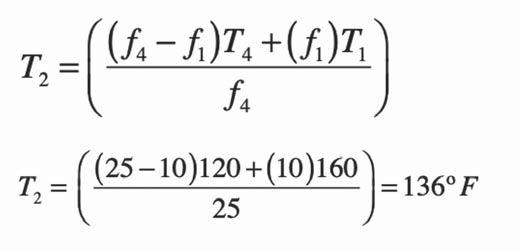
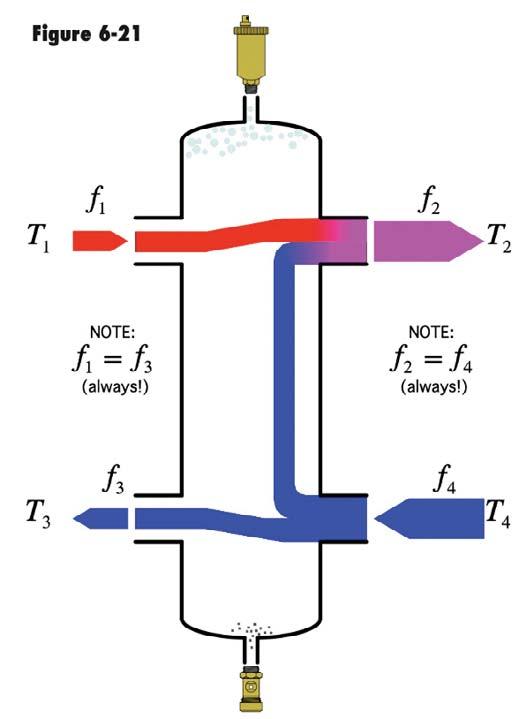
Bob “Hot Rod” Rohr has been a plumbing, radiant heat and solar contractor and installer for 30 years. A long-time columnist and trainer, he is manager of training and education with Caleffi North America. You can reach Hot Rod at bob.rohr@caleffi.com.
A LOOK AT THE BENEFITS
separator is all the side will see the same supply possible in a series primary loop as each set of tees downstream sees a lower mixed temperature caused
Understanding what a multiple purpose separator does gives you a window into need to be air free, as the smallest micro bubbles will drive down heat exchanger as well as inside the heat the system, can cause harm and pipes all prefer a clean With ECM wet rotor style circulators, adding the magnetic function helps prevent tiny particles from reducing or preventing adequate rotation of the motor
The connection point for “pumping away” is established Conveniently, control sensors, pressure and temperature gauges can be centrally
Size the device to the largest
the unit on the wall and pipe as shown on the manual or the label attached to the
systems, by the way, as they are




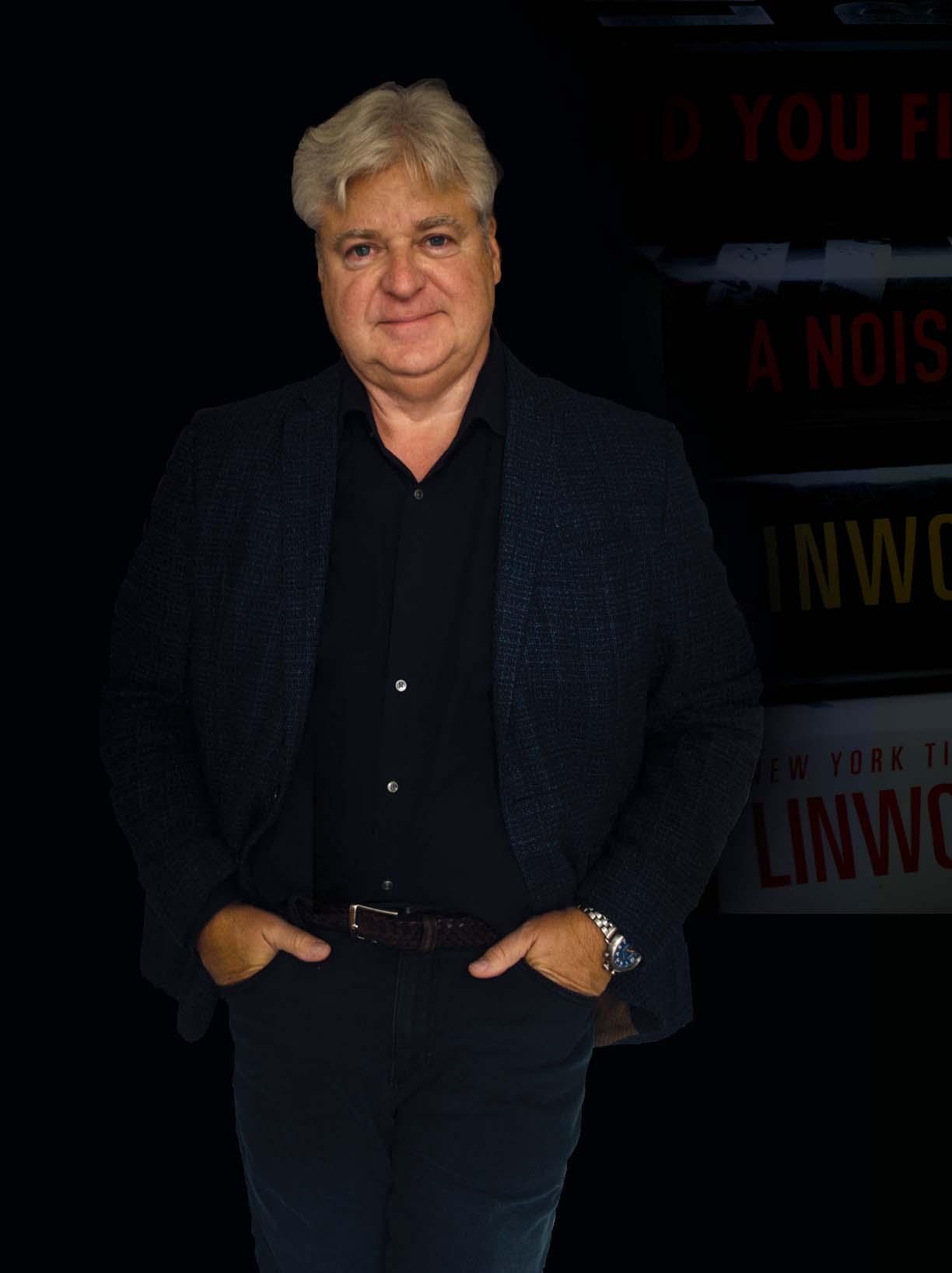
Linwood Barclay: Linwood Barclay:
MASTER OF HIS GENRE
It isn’t every author who can count Stephen King among their fans. King has referred to international bestselling author Linwood Barclay as “a master of suspense.” Barclay’s own story is full of twists and turns, and a slow steady build to his becoming one of Canada’s most successful living writers.
Barclay was a columnist for the Toronto Star for many years, writing his novels sporadically with limited success before getting a big break in 2008. His fifth book, No Time for Goodbye, was featured on the BBC’s Richard & Judy summer reading list and took off in the UK, followed by Spain, Portugal and Japan. “That was almost like getting shot out of a cannon,” says Barclay.
It wasn’t long after that he became well known and popular in North America. “That was really the point where I left my day job. I am a fiscally conservative person. Who leaves a job with a dental plan, a pension? Who would dare do such a thing? But I thought, I can do this now,” recounts Barclay.
Since then, he has written more than 20 novels. Not to be pigeon-holed, his repertoire is impressive. He has written a memoir, children’s books, anthologies and political commentaries, along with what he is best known for, thrillers. Many of his books have been optioned for film and television, a series has been made in France, and he wrote the screenplay for the film based on his novel Never Saw it Coming.
“All I ever wanted to do when I was a teenager was to write movies for television,” says Barclay. “Now that I have the opportunity, I find out it’s a bit frustrating. In the movie and TV world a lot of work gets done that never comes to fruition.”
With a seemingly inexhaustible reservoir of ideas, Barclay’s aptitude for clever plots has fans eager for each new release. In the realm of how did they ever come up with that idea, Barclay has completed a book that is waiting in the wings and promises to deliver a healthy dose of suspense. “I did this other book about three years ago. It is different than anything I have done. I call it Jurassic Park with self-driving cars. We aren’t sure what we are going to do with it but we have come up with a title, Look Both Ways,” says Barclay.
His most recently released book, Find You First, is full of twists and turns, and offers an inventive take on what could happen if …
Since this interview, Barclay has tweeted: “the title of my next novel, out in 2022, is (drum roll, please) Take Your Breath Away, because that’s exactly what it’s going to do when you read it.” The book will be released in Canada on May 17.
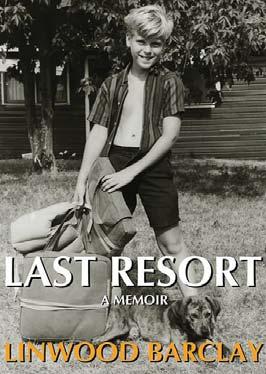
“Starts with a bang and ends with an even bigger one. Barclay is a terrific writer, but he’s outdone himself with this. It’s the best book of his career. I couldn’t put it down, and you won’t be able to, either. If you enjoy thrillers, this is the real deal. It never lets up.” Stephen King on Find You First
Barclay was first introduced to model trains by his father when he was five or six. Today Barclay has an impressive train setup in his basement. A disciplined writer who puts in a full working day, he likes to unwind by working on it or just looking at it. “When you spend your whole day imagining a world on a computer screen, it is nice to work with your hands and clear your head.” After a move to Toronto a few years ago he had to reconstruct the layout. “I got a lot of help from our son Spencer. He is working for Little Canada building amazing things. When the pandemic restrictions aren’t in place, he has been over here building amazing things in my basement, like the Niagara Escarpment.”
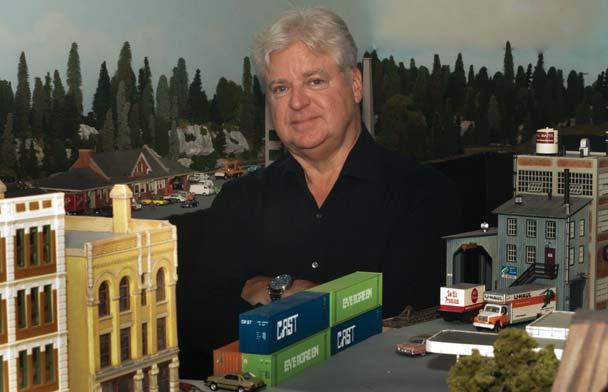



Last Resort A Memoir is a humorous and poignant account of Linwood Barclay’s experiences during his years at Green Acres.
Train Therapy The reluctant T caretaker c
Barclay was just four when his family moved Ba to Canada from the United States. His to father was a talented commercial artist and fat a skilled carpenter. “He worked in Toronto a s creating drawings of Fords and Chevrolets cre and Cadillacs that would appear in the pages an of Life, Look, The Saturday Evening Post. He of even had the same agent as Salvador Dali for ev a time,” says Barclay.
The onset of photography created less The o demand for commercial artists and his dem father found himself out of work. Barclay’s fathe mother’s desire to leave the city to live mot her dream by owning a trailer park her ruled. Barclay was 11 when the family rule made the move to Green Acres near ma
Peterborough, ON. Pet
At first the cabins and trailers nestled At on the banks of Pigeon Lake, along on with acres to explore, were the stuff w of kids’ dreams, but when his father of died 16-year-old Barclay become d the caretaker and repair person on th the property. His mom didn’t like to t hire professionals, preferring to save h money. Barclay notes he doesn’t ascribe to that thinking “we always call professionals.” “My daily chores included cutting nearly 10 acres of grass, cleaning toilets, fixing broken pipes − there was always one bursting somewhere, burying deep in the woods the fish guts left behind in a pail after our guests cleaned their catch at a table down by the lake, selling gas, scrubbing out boats littered with seaweed, worms and dirt, and ensuring there was a steady supply of toilet paper in the communal bathrooms,” recalls Barclay. With an interest in and a flair for writing from a very young age, Barclay would craft stories while on the riding-mower. He met his wife Neetha while attending Trent University. After graduating Barclay accepted a job at the local paper and was permanently relieved of his fix-it and caretaking duties at Green Acres. He moved to the Toronto Star in 1981 and eventually landed a gig there writing a humour column until he decided to become a full-time novelist.



